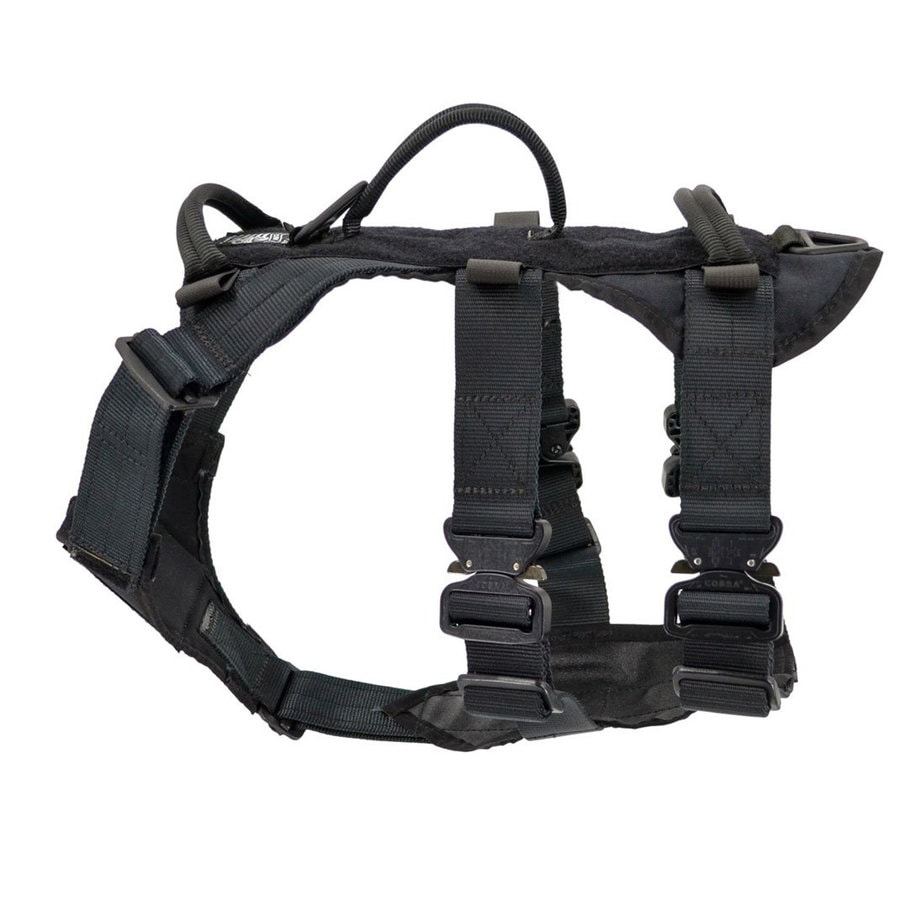
One of many issues our canine’s thrive on is figure, most canine had been bred for a function! And in some cases this makes them excellent for serving to our army women and men of their jobs.
Navy canine have performed a vital function within the armed forces for hundreds of years, serving alongside troopers in varied capacities. From World Conflict I to up to date conflicts, these valiant canines have contributed considerably to army operations, showcasing bravery, loyalty, and specialised expertise. They’ve served as messengers, rescue canine, patrol and guard canine, and in bomb detection, demonstrating unparalleled versatility.
The US and different nations have acknowledged these canine’ important roles, integrating them into varied branches of the army and legislation enforcement. This introduction delves into the historic context and present roles of army canine, underscoring their significance and the deep bond they share with army personnel.
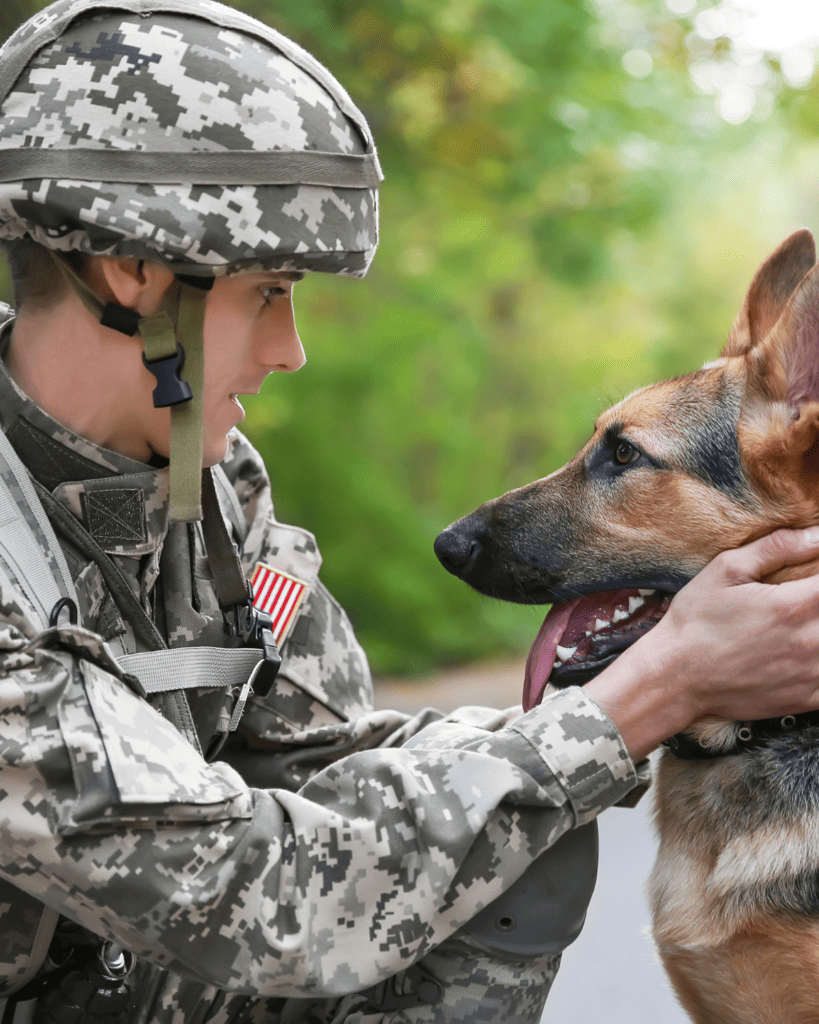
The Position of Canine Breeds in Navy Historical past
All through historical past, sure canine breeds have been instrumental in army operations. Throughout World Conflict I and II, breeds just like the German Shepherd, Doberman Pinscher, and Airedale Terrier had been generally used for varied army roles. These canine served on the entrance strains, performing duties akin to delivering medical provides, relaying messages, and helping in rescue missions.
Their eager senses, excessive intelligence, and robust work ethic made them invaluable property in each fight and non-combat roles. This part explores how these breeds’ distinctive traits contributed to their choice for army functions and the way their roles have developed to adapt to altering warfare techniques.
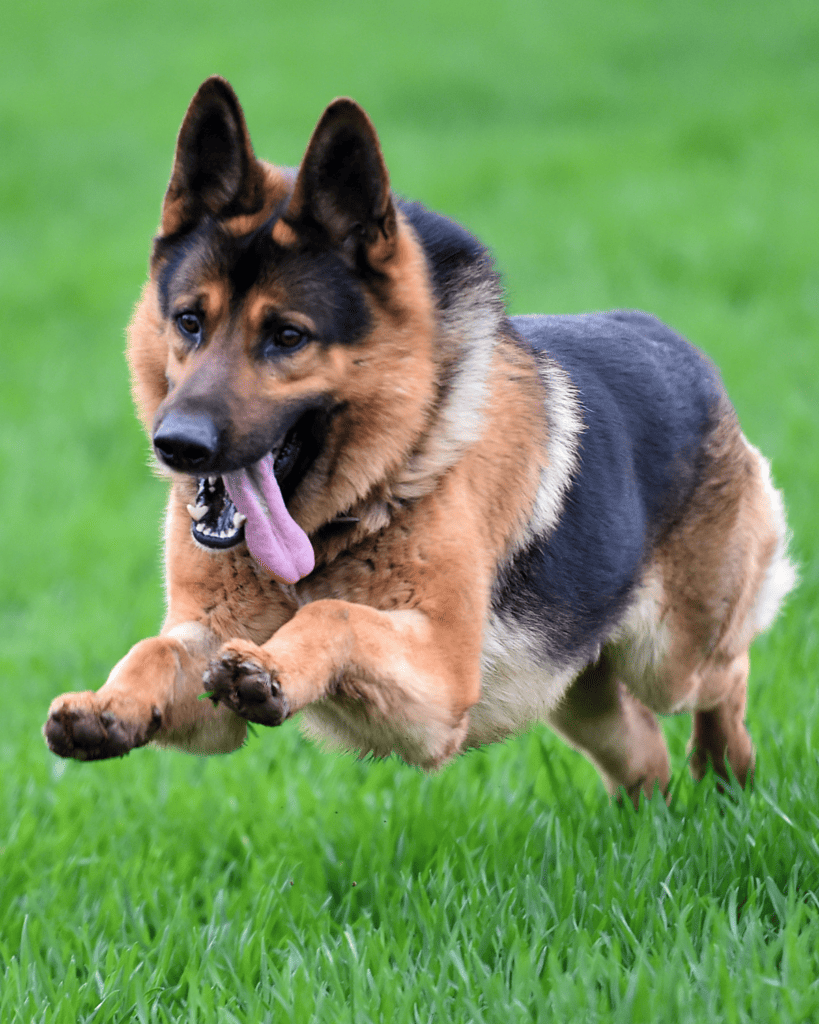
German Shepherds: The Quintessential Navy Canine
The largest, and most well-known with army work. German Shepherds have lengthy been synonymous with army and police work as a consequence of their intelligence, versatility, and robust senses. Originating from Germany, these canine had been first utilized by the German farms and later by varied forces worldwide. In trendy instances, German Shepherds serve in varied army roles, together with explosive and drug detection, patrol work, and as remedy canine for wounded troopers. Their loyalty and protecting nature additionally make them glorious guard canine. This part will delve into the historical past of German Shepherds in army service, highlighting their roles, coaching regimes, and the explanations behind their recognition as army and legislation enforcement canine.
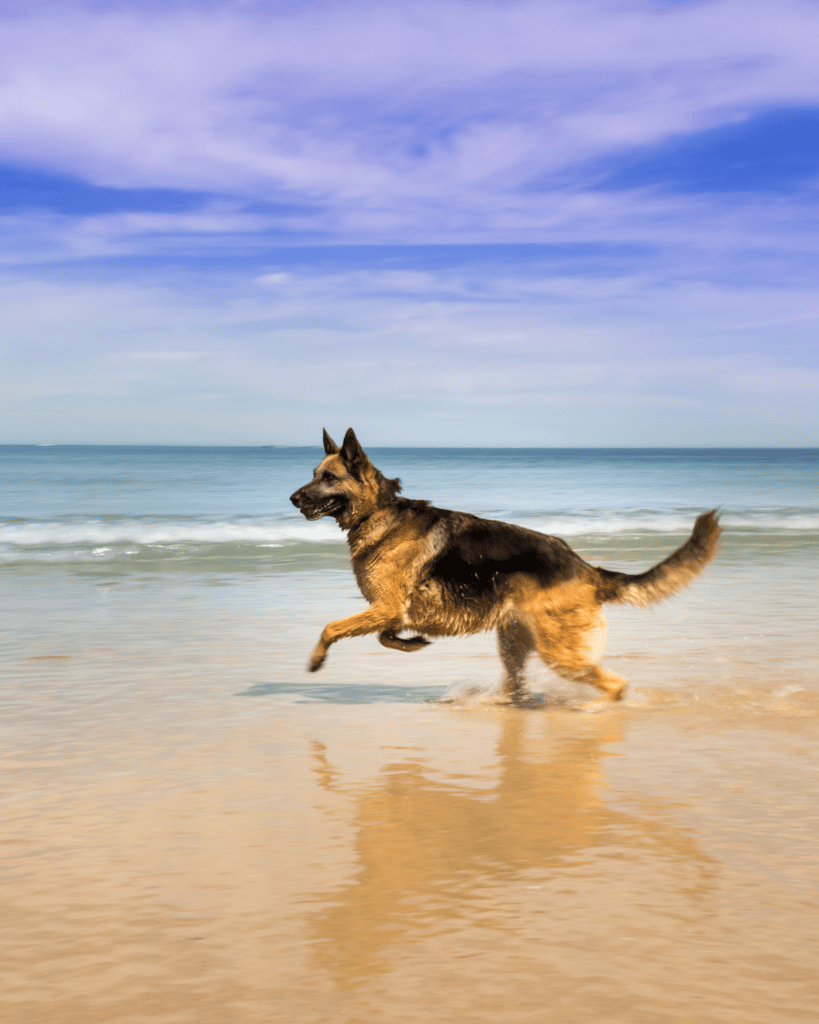
Belgian Malinois and Dutch Shepherds: The Agile Warriors
Belgian Malinois and Dutch Shepherds have emerged as common decisions for army and police work, rivaling the German Shepherd in lots of features. Identified for his or her agility, intelligence, and robust work ethic, these breeds excel in varied army operations. They’re usually employed in roles that require a excessive degree of bodily means and psychological understanding, akin to parachute jumps with SEAL groups, detecting explosive gadgets, and taking part in search and rescue missions. The Belgian Malinois, specifically, gained widespread recognition for its function within the operation resulting in the seize of Osama bin Laden.
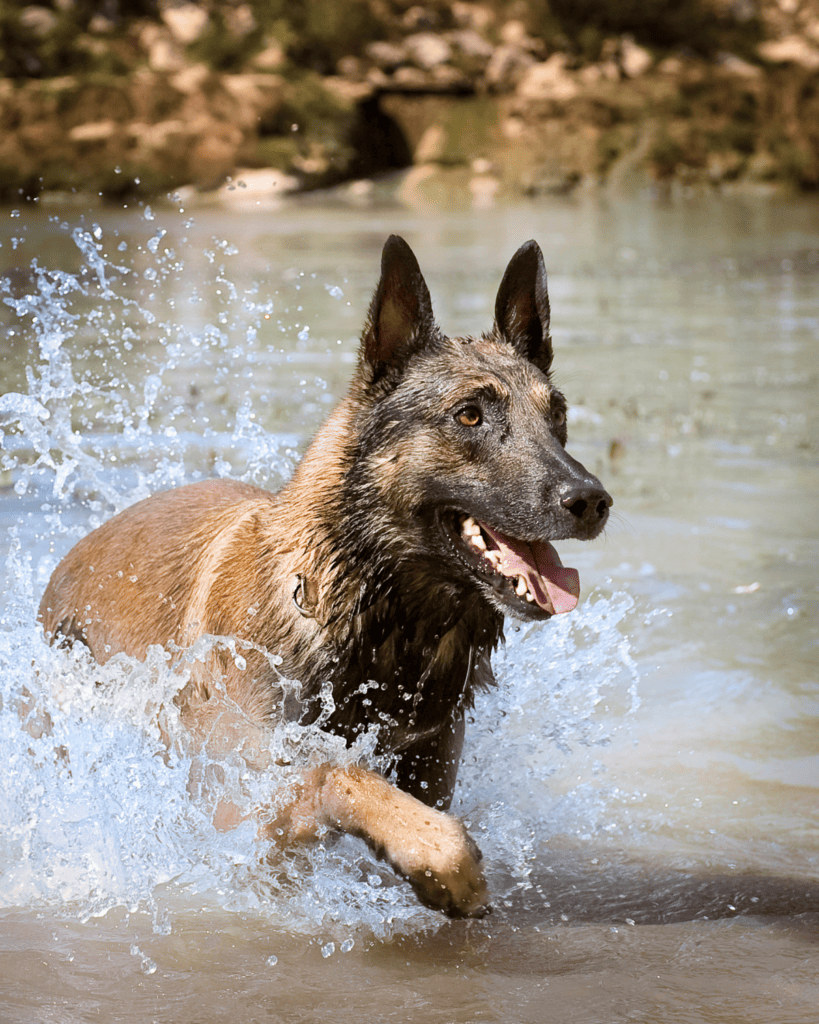
Labrador Retrievers and Golden Retrievers: The Versatile Companions
Labrador Retrievers and Golden Retrievers, recognized for his or her pleasant nature and excessive intelligence, have turn into invaluable property in army and rescue operations. Their distinctive sense of odor makes them ultimate for detecting explosives and unlawful substances. In the US and different nations, these breeds are extensively used for rescue missions, particularly in catastrophe zones, as a consequence of their eager senses and talent to work below difficult circumstances. In addition they play a big function in offering emotional help to wounded troopers and army personnel, usually serving as remedy canine. This part will discover their contributions in varied army contexts, highlighting their versatility and the explanations behind their recognition as rescue canine and companions for army forces.
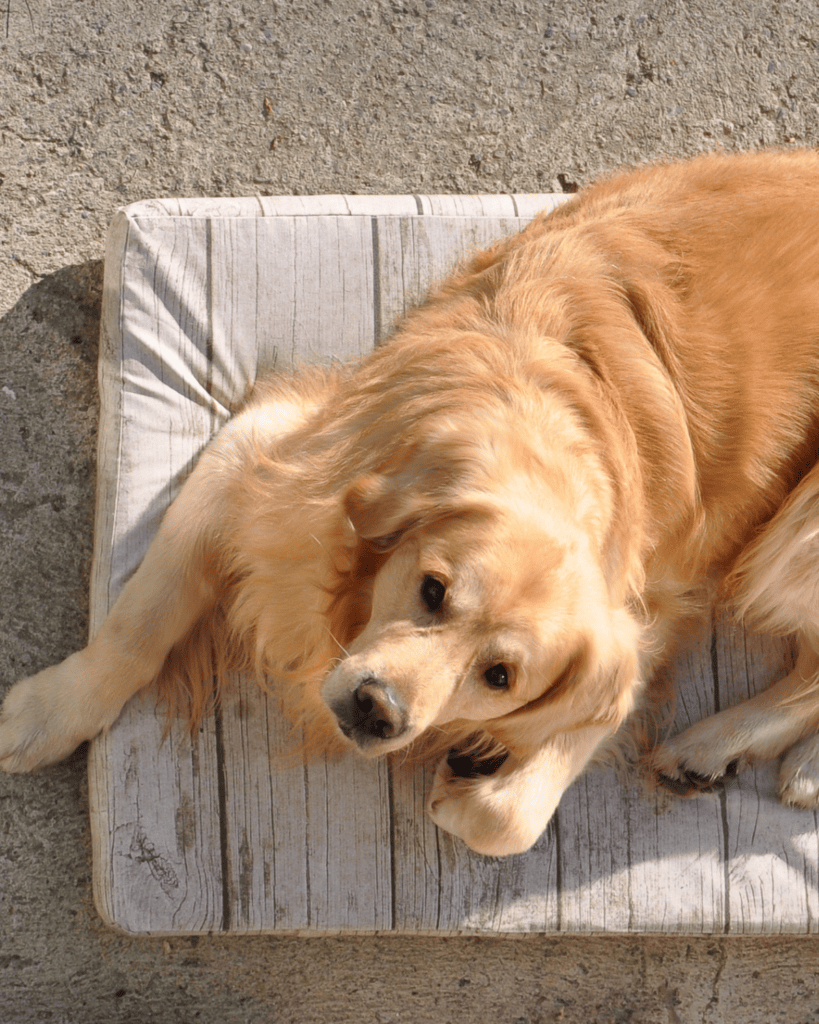
Dobermans, Big Schnauzers, and Airedale Terriers: The Fierce Protectors
Doberman Pinschers, Big Schnauzers, and Airedale Terriers have a storied historical past in army operations, recognized for his or her robust protecting intuition and bitework prowess. Throughout World Conflict II, these breeds had been used for guarding and patrol work, usually serving on the entrance strains alongside troopers. Their roles prolonged to detecting land mines, enemy combatants and appearing as messenger canine. This part will element the historical past of those breeds in army operations, emphasizing their protecting nature, the number of duties they had been skilled for, and their continued use in trendy army and legislation enforcement roles.
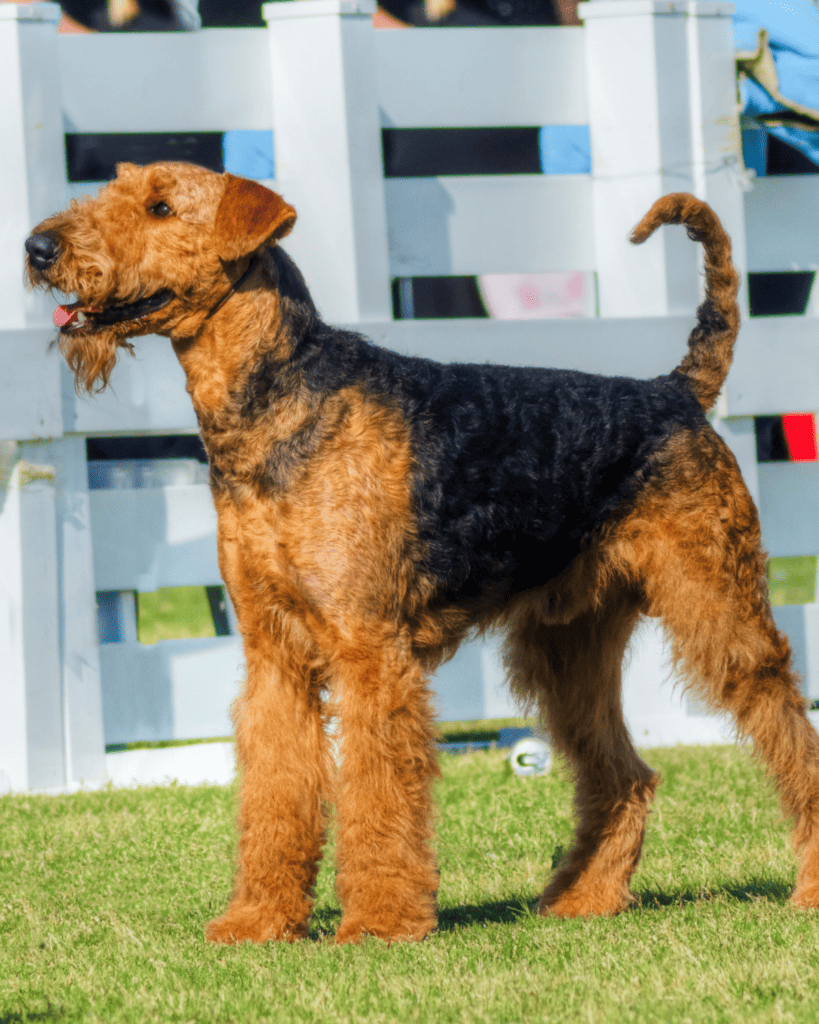
Specialised Breeds for Particular Duties
Alaskan Malamutes, Siberian Huskies, and Bouvier des Flandres signify a gaggle of specialised breeds used for particular army functions. Alaskan Malamutes and Siberian Huskies, with their sled canine heritage, had been pivotal in Arctic and mountainous terrain, notably in World Conflict II for transporting provides and medical help. Bouvier des Flandres and Black Russian Terriers, recognized for his or her energy and intelligence, have been utilized in varied roles, together with as sentry canine and in bomb detection. This part will give attention to how these breeds’ distinctive bodily attributes and talent units make them well-suited for particular duties in army operations.
The Unsung Heroes: Lesser-Identified Breeds in Navy Service
Staffordshire Bull Terriers, Pit Bulls, and Yorkshire Terriers have performed distinctive and sometimes missed roles in army historical past. Throughout World Conflict I, Pit Bulls had been famend for his or her braveness and loyalty, serving as messenger canine that braved the entrance strains to ship vital communications.
Their energy and tenacity made them ultimate for such high-stress roles. Equally, Staffordshire Bull Terriers had been valued for his or her resilience and talent to endure the cruel circumstances of conflict. Their contributions, although much less documented, had been important in varied help roles, showcasing the breed’s versatility and steadfastness.
The Yorkshire Terrier, regardless of its small dimension, has made a big mark in army historical past. Maybe probably the most well-known instance is Smoky, a Yorkshire Terrier who served in World Conflict II. Smoky’s small stature allowed her to run telecommunication strains by means of slender pipes, saving troopers from potential publicity to enemy fireplace. This story highlights the distinctive benefits of smaller breeds in army operations, notably in roles requiring agility and the power to navigate tight areas. The valor and utility of those lesser-known breeds underscore the various capabilities canine can carry to army efforts, past the traditional roles usually related to bigger breeds.
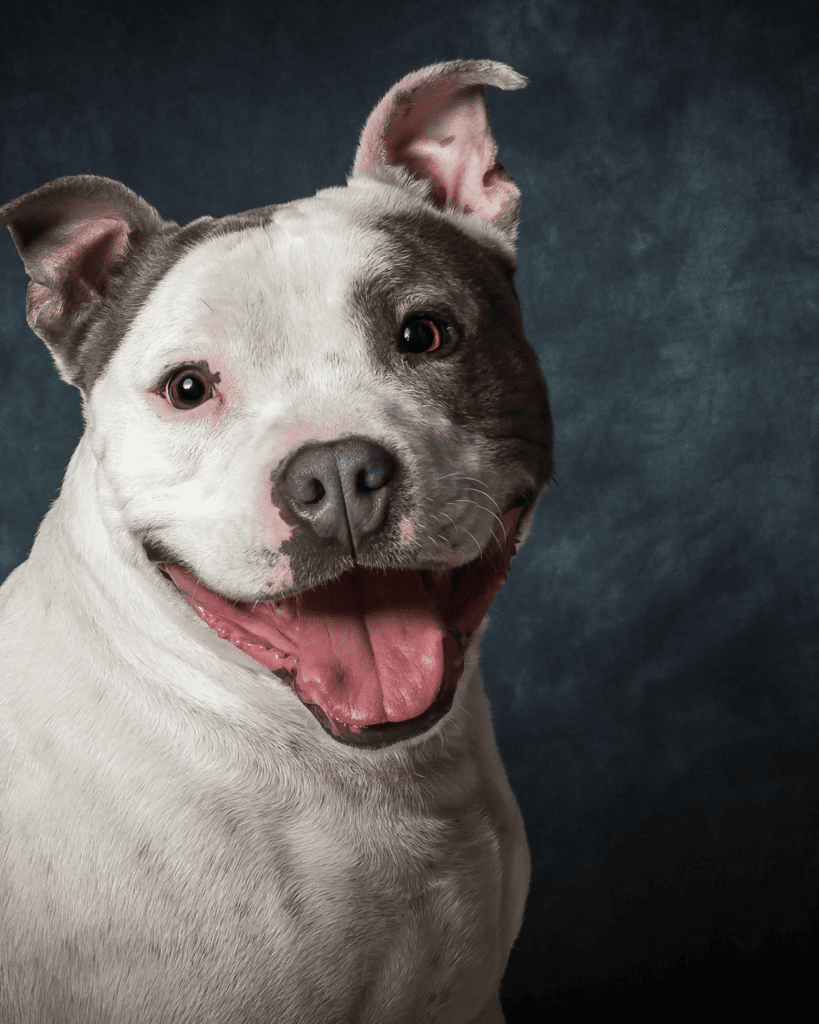
Coaching and Deployment
The coaching of army canine is a meticulous and multifaceted course of, designed to harness their pure instincts and talents for specialised roles. At Lackland Air Pressure Base, the coaching regime is complete, encompassing every little thing from primary obedience to superior expertise like parachute jumps and sea rescues. The canine are taught to detect quite a lot of substances, from explosives to narcotics, and are skilled in tactical obedience for patrol and guard duties. This coaching not solely focuses on creating their bodily capabilities but in addition emphasizes psychological conditioning, guaranteeing the canine can carry out below the high-stress circumstances of army operations.
Deployment is one other vital facet of a army canine’s journey. The choice course of for deployment is rigorous, with canine present process in depth evaluations to find out their suitability for particular duties and environments. As soon as chosen, they’re matched with handlers, making a bond that’s essential for efficient teamwork within the discipline.
The deployment can vary from home bases to abroad fight zones, the place they take part in varied operations, from reconnaissance missions to look and rescue efforts. The preparation for these deployments entails not solely the canine but in addition their handlers, who obtain specialised coaching to work successfully with their canine companions. This complete strategy ensures that each the canine and their handlers are absolutely ready for the challenges they are going to face of their service to the U.S. army and allied forces.
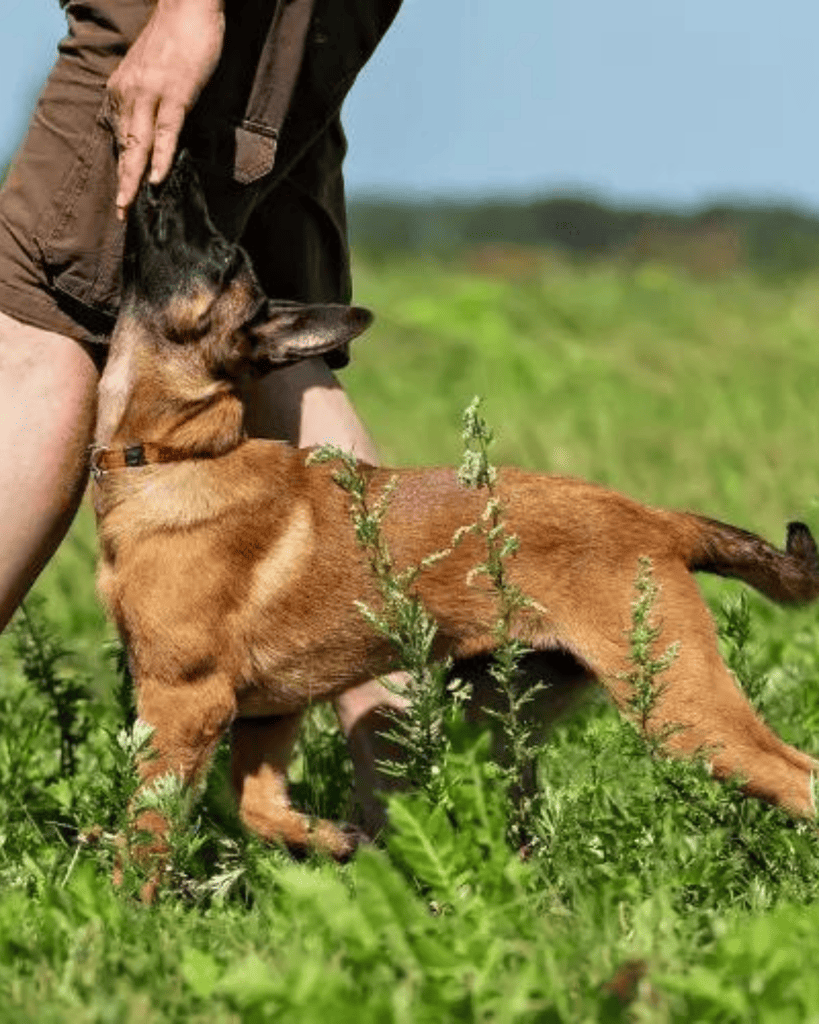
Fashionable Navy Operations and Canine Contributions
Within the ever-evolving panorama of contemporary army operations, the function of canines has been considerably diversified and intensified. Breeds just like the Belgian Malinois, famend for his or her agility and resilience, at the moment are integral to specialised models akin to Navy SEALs, taking part in high-risk operations that had been as soon as solely human domains.
These canine endure rigorous coaching to carry out duties like detecting improvised explosive gadgets (IEDs), a vital perform in safeguarding troops in areas susceptible to such threats. Their acute sense of odor and talent to work below excessive stress makes them invaluable in figuring out hidden risks, from land mines to explosive gadgets, successfully stopping quite a few casualties.
The adaptability of those breeds to trendy warfare methods can be noteworthy. As an illustration, army working canine at the moment are skilled in superior skydiving methods and may accompany troopers in HALO (Excessive Altitude, Low Opening) jumps, demonstrating their versatility and the belief positioned of their capabilities.
Their roles lengthen past conventional fight duties, taking part in humanitarian efforts, akin to search and rescue operations following pure disasters or in war-torn areas. These duties not solely showcase their bodily prowess but in addition their psychological resilience, as they work in high-pressure environments whereas offering emotional help to their handlers and models.
Past the Battlefield: Canines in Legislation Enforcement and Civilian Safety
Transitioning from the battlefield to civilian life, army canine breeds have turn into pivotal in legislation enforcement and group security. German Shepherds and Belgian Malinois, breeds recognized for his or her intelligence and obedience, are generally seen working with police forces worldwide. They excel in varied roles, together with monitoring lacking individuals, detecting narcotics, and apprehending suspects. Their integration into police models has confirmed to be invaluable, with their presence not solely deterring crime but in addition aiding in vital investigations. The innate talents of those canine, mixed with specialised coaching, make them excellent companions in sustaining legislation and order.
Past legislation enforcement, these breeds have carved a distinct segment in offering emotional and therapeutic help. Labrador Retrievers and Golden Retrievers, recognized for his or her light disposition, are more and more used as remedy canine in varied settings, together with hospitals, faculties, and veterans’ houses. They play a vital function in helping people dealing with PTSD, providing consolation and a way of safety to veterans and others affected by trauma. The therapeutic impression of those canine is profound, serving to to ease nervousness, present companionship, and enhance general psychological well being, thereby extending their service to therapeutic and restoration in civilian life.

Challenges and Controversies
Regardless of their invaluable contributions, using canine in army and legislation enforcement roles raises a number of moral considerations. One main subject is their security throughout deployment in fight zones, the place they face the identical risks as their human counterparts. Guaranteeing the well-being of those canine, each bodily and mentally, is a big problem, as they’ll undergo from trauma and stress-related problems just like human troopers. Moreover, the moral implications of utilizing animals in probably dangerous conditions, the place they haven’t any selection or understanding of the dangers concerned, proceed to be a subject of debate amongst animal rights activists and ethicists.
One other concern is the destiny of those canine post-service. The transition from an lively, structured army life to a civilian way of life could be difficult for each the canine and their adoptive households. Points like behavioral changes, well being care, and discovering appropriate houses for retired army canine are ongoing challenges. Whereas varied packages and initiatives have been established to facilitate this transition, guaranteeing a clean and humane reintegration into civilian life stays a posh and delicate process, highlighting the necessity for continued consideration and assets devoted to the welfare of those retired service animals.
The Way forward for Navy Canines
The way forward for army canine in an age more and more dominated by expertise presents each challenges and alternatives. As warfare turns into extra technologically superior, the roles of those canines might shift or increase. Rising applied sciences, akin to drones and robotics, may complement and even exchange sure features historically carried out by army canine, particularly in situations deemed too dangerous or difficult. Nevertheless, the distinctive talents of canine, akin to their distinctive sense of odor and capability for nuanced detection, can’t be solely replicated by expertise, guaranteeing their continued relevance in army operations.
Ongoing analysis and improvement are additionally specializing in enhancing the capabilities of those canine by means of superior coaching strategies and tools. Improvements in protecting gear, communication gadgets, and coaching methods are being explored to maximise their effectivity whereas guaranteeing their security. Moreover, the potential for genetic and behavioral analysis to breed canine with particular traits ultimate for army roles gives a captivating glimpse into the long run. These developments underscore the dedication to not solely sustaining however advancing the function of army canine, guaranteeing they continue to be an integral and extremely valued element of army and legislation enforcement models worldwide.
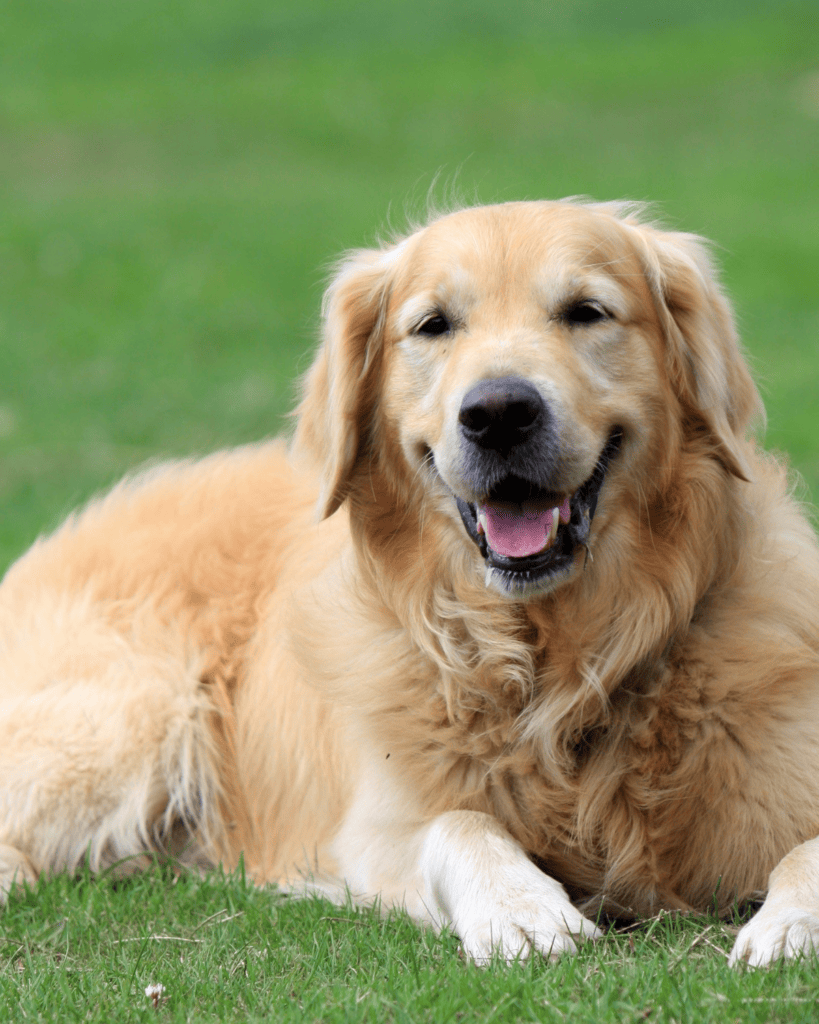
Conclusion: Celebrating the Heroic Contributions of Navy Canines
This concluding part will summarize the vital roles performed by varied canine breeds all through army historical past, from World Wars to modern-day conflicts and legislation enforcement roles. It is going to mirror on the enduring bond between army personnel and their canine companions, recognizing the invaluable contributions of those canine in securing peace and security. The conclusion will even pay tribute to those courageous animals, acknowledging them as not simply instruments of warfare however as loyal companions and unsung heroes in their very own proper.

